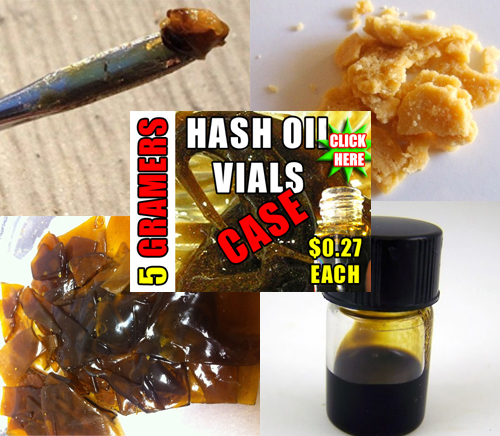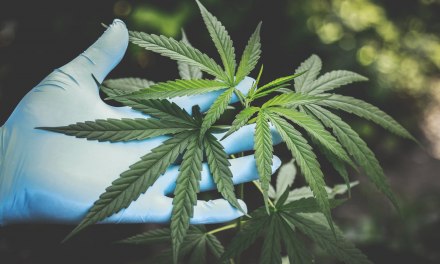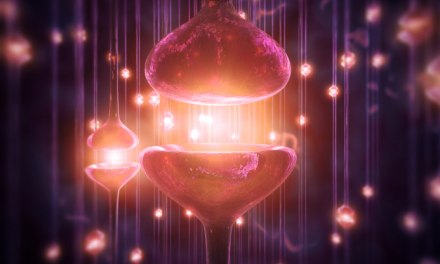I get questions about the newer forms of cannabis concentrate – shatter, wax, crumble, budder, etc. — all high-potency, and customarily vaped, smoked, or eaten. THC levels are in the 40 to 80% range, well above the strongest plant forms. So I was happy to stumble across the attached overview from the Healthline website, complete with photos. Here’s the link.
More Teens Using Marijuana Concentrate: What Is It?
Naturally, their main concern is with use by teenagers. That seems to have escalated substantially, during and perhaps under cover of the pandemic.
The article cites a large survey in Arizona that involved 50,000 students from 8th to 12 grades. About a quarter reported using concentrates within the past year. Among 12th graders, it was closer to a third. That’s an unexpectedly high number.
Then there’s the issue of contamination. In a different study, 80% of tested samples were found to have been contaminated, usually with solvents or pesticides. Also higher than anticipated.
Of course, this just illustrates the futility of relying on laws to keep underaged kids from using drugs. It certainly never worked with drinking or cigarettes. You’d think we would have learned the lesson by now: kids will ignore age restrictions around substance use, if and when they decide to.
The state of Colorado, one of two that spearheaded the movement to legalize recreational cannabis, is voting on legislation to form an independent panel of scientists to study the effects of the newer high-potency pot. With so many underage kids already using cannabis concentrates, it feels like locking the barn door after the horse is two counties over and sprinting free.
Better late than never, I guess is the theory.
Naturally, the negative effects of using concentrates are dose-related. Frequent or heavy users are prone to suffer more serious consequences than light users. However, nobody knows exactly where to draw the line between light and heavy use. That’s in part because the research lags behind the curve. For a long time, cannabis seems to have gotten a pass from intense scientific scrutiny. Or at least the media acts as if it has: most of what they’ve published has been favorable.
All that’s fine and good but it’s only part of the picture. From a clinical standpoint, not even the most important part. We need to know how it affects the course of treatment. And also, naturally, the outcome.
How do we deal with users of concentrates in the clinical setting? Do we seek to discourage cannabis use altogether, or accommodate it, once it’s legal? That’s especially an issue where cannabis is not the sole substance in play – it may have been opioids or alcohol or meth or coke that brought the client to treatment in the first place, but cannabis use is active and substantial as well.
What are the options for best practice? Ordinarily we look to research for answers. If that research isn’t available, then therapists and counselors have to “wing it” until things clear up.
That’s not the way we want to operate.












